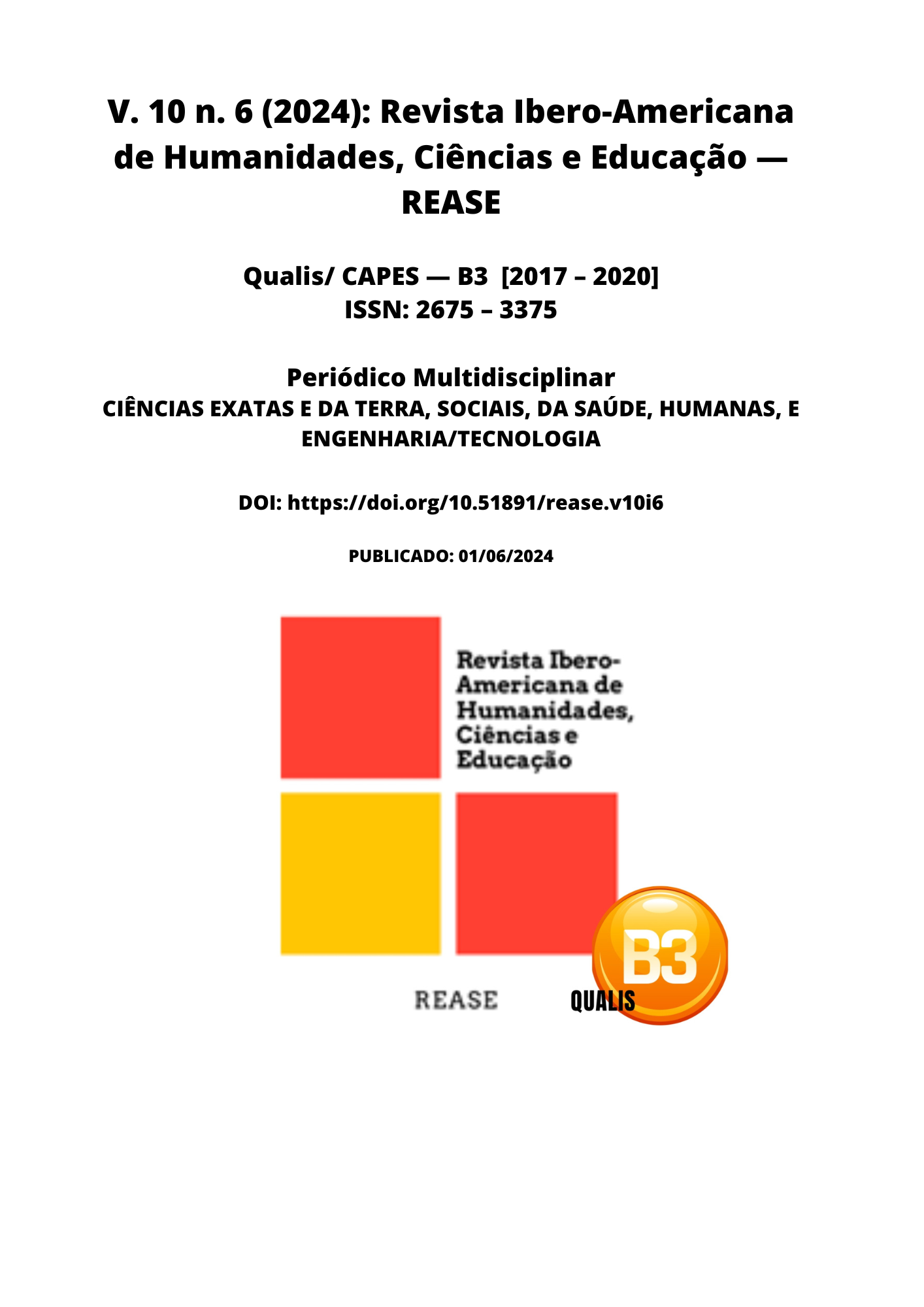CLINICAL-EPIDEMIOLOGICAL PROFILE OF SUSPECTED CONGENITAL ZIKA VIRUS SYNDROME CASES IN THE STATE OF PARANÁ, FROM 2015 TO 2023
DOI:
https://doi.org/10.51891/rease.v10i6.14353Keywords:
Zika vírus. Zika Virus Congenital Syndrome. Congenital abnormalities. Epidemiology.Abstract
Objective: To describe the clinical-epidemiological profile of suspected Zika virus Congenital Syndrome cases in the state of Paraná, Brazil, reported to Registro de Eventos em Saúde Pública (RESP), and to compare them with records found in other states of Brazil and with information found in literature. Methods: This is a descriptive study, with a quantitative approach, conducted retrospectively by analyzing openly available data in DATASUS (Tabnet), about suspected cases of CZS in Paraná, from 2015 to 2023. Results: Of the 140 cases reported in Paraná during this period, 72.8% of notifications were "NB with microcephaly". 2016 was the year with the higher number of cases (47 cases and 38 referring to microcephaly). The vast majority of pregnant women (93.5%) and newborns (97.1%) did not undergo laboratory tests for zika vírus infecction. In addition, in 46.4% of cases, the congenital anomaly was detected after birth, and when identified in the intrauterine period, half of the cases (52.8%) were detected in third trimester of pregnancy. 53.5% of the cases were male newborns, mostly with light-skinned mothers (65%) aged between 25 and 34 years (42.1%). The mortality rate was 12.14%, with 1.4% related to stillbirths or spontaneous abortions. Neurological, visual and hearing impairments were found in 4.2%. Conclusion: The results reveal the magnitude of CZS, indicating the necessity for long-term care for these children, and the need for prophylactic measures, particularly in areas at high risk of Zika virus transmission.
Downloads
Downloads
Published
How to Cite
Issue
Section
Categories
License
Atribuição CC BY

